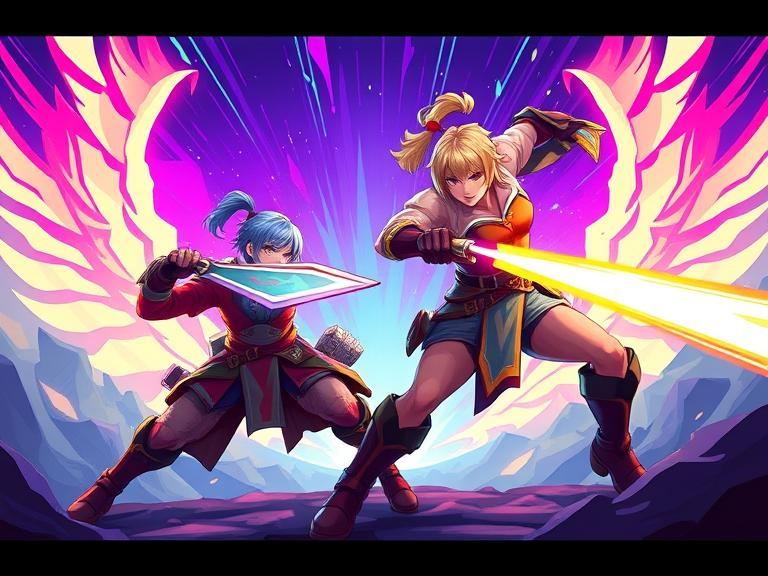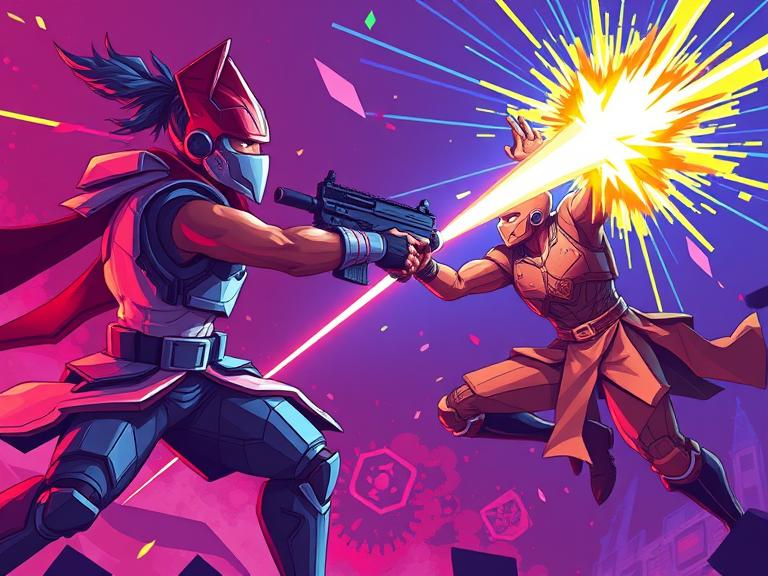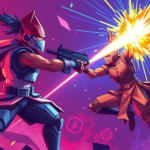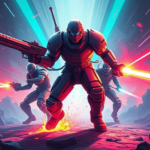-

Quiz: What’s Your Combat Style in Games?
Answer the questions below to discover your instinctive approach to combat in games. Results: Mostly A – The AssassinYou’re tactical, stealthy, and thrive on mobility. You prefer to strike first and disappear before the enemy reacts. Mostly B – The BrawlerYou love frontline chaos. High damage, aggression, and fast decisions define your combat flow. Mostly…
-

Why Game Lore Needs Restraint to Be Effective
Lore can elevate a game’s world—but too much of it, or poorly presented exposition, can overwhelm players and weaken immersion. The key to compelling lore is restraint, integration, and subtlety. Dark Souls pioneered a minimalist approach. Lore is fragmented across item descriptions, NPC dialogue, and environmental design. Players who want to dive deep can, but…
-

How Animation Timing Impacts Combat Feel
Combat in games is about more than numbers—it’s about feel, and that feel is largely created through animation timing. How quickly a weapon swings, how an enemy staggers, or how a combo flows all determine whether combat feels heavy, responsive, or satisfying. Dark Souls and Elden Ring use deliberate, weighty animations. Every swing has wind-up…
-

The Evolution of Enemy AI in Modern Games
Enemy AI (artificial intelligence) has come a long way from predictable pathing and simple attack patterns. Today’s games feature increasingly dynamic opponents that react, adapt, and even learn from the player’s behavior. In FEAR (2005), enemy AI was ahead of its time. Opponents would flank, use cover, suppress, and reposition. This gave each encounter a…
-

How Game World Density Affects Player Engagement
World size often makes headlines, but world density—the amount of meaningful content per area—is what truly defines a compelling open-world experience. A massive map can feel lifeless without thoughtful design, while a smaller, dense world can be endlessly engaging. In The Witcher 3, the world is large, but what makes it memorable is its density.…





